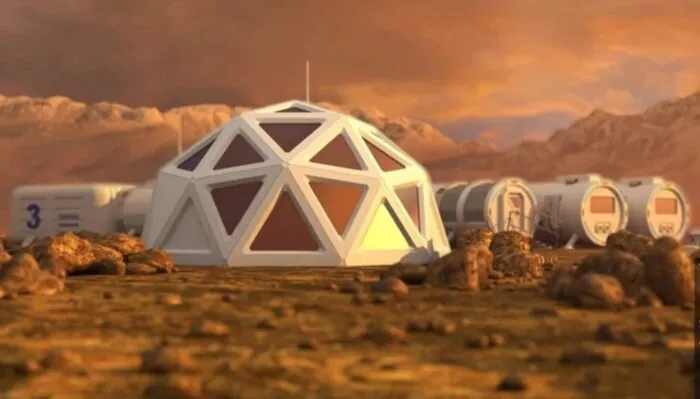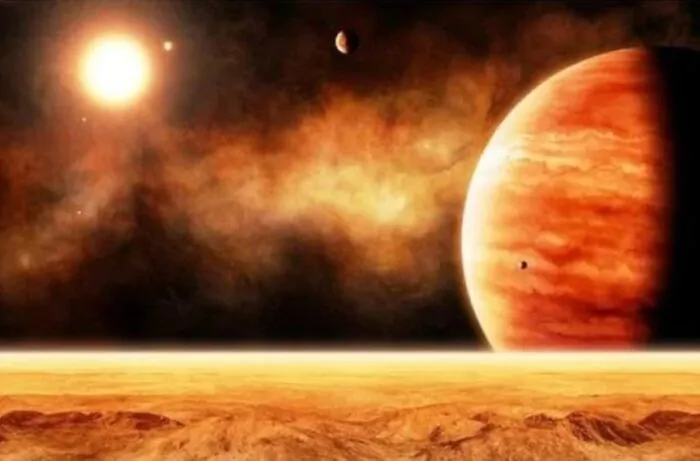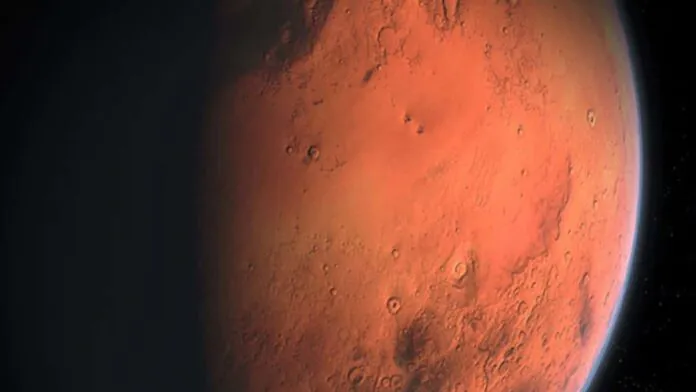© ROOT-NATION.com - Use of content is permitted with a backlink.
The high efficiency and the light weight of the devices, as well as the flexibility of the latest solar technologies will provide solar panels to meet all the needs of a long-term manned mission to Mars or even permanent settlement on the planet, according to a new study.
Majority of the scientists and engineers who calculated the amount of resources needed to live on the surface of the Red Planet believed that nuclear energy was the best option. The main advantages of this type of energy are reliability and round-the-clock availability. In the past decade, technology for miniature nuclear reactors has reached a level where NASA has recognized them as safe, efficient, and energy-rich, and noted their important role in future unmanned and manned missions to explore the Red Planet.

On the other hand, solar energy must be stored somewhere for use at night, which lasts on Mars for about as long as night on Earth. In addition, on Mars, the use of solar energy is complicated by the ubiquitous red dust, which settles on the surface and reduces their light.
In a new study, scientists led by Aaron Berliner compared two energy technologies for a long-term manned mission to Mars, involving six astronauts on the planet for 480 days. This mission scenario is the most likely, as it allows you to reduce the duration of the trip to the Red Planet and at the same time ensure the duration of stay on it for more than 30 days.
The analysis showed that for most settlements located in an area of more than half of the total surface area of the planet, solar energy was comparable or more efficient than nuclear energy. The maximum efficiency of the use of solar energy was achieved by accumulating it during the day by producing hydrogen, which is then used as fuel in fuel cells at night or during dust storms on Mars, the authors note.

“In conclusion, solar cell arrays with careful attention to semiconductor choice and device construction represent a promising technology for sustaining an Earth-independent crewed habitat on Mars,” scientists added. “Our analysis provides design rules for solar cells on the Martian surface and shows that solar cells can offer substantial reduction in carry-along mass requirements compared to alternative technology over a large fraction of the planet’s surface.”
You can also help Ukraine fight with Russian occupants via Savelife or via an official page of the National Bank of Ukraine.
Read also:
- SpaceX Falcon 9 launched the Crew-4 mission to the ISS
- Space presents yet another new phenomenon: ‘Micronova’ explosions on distant zombie stars


